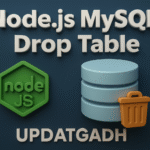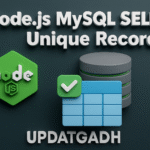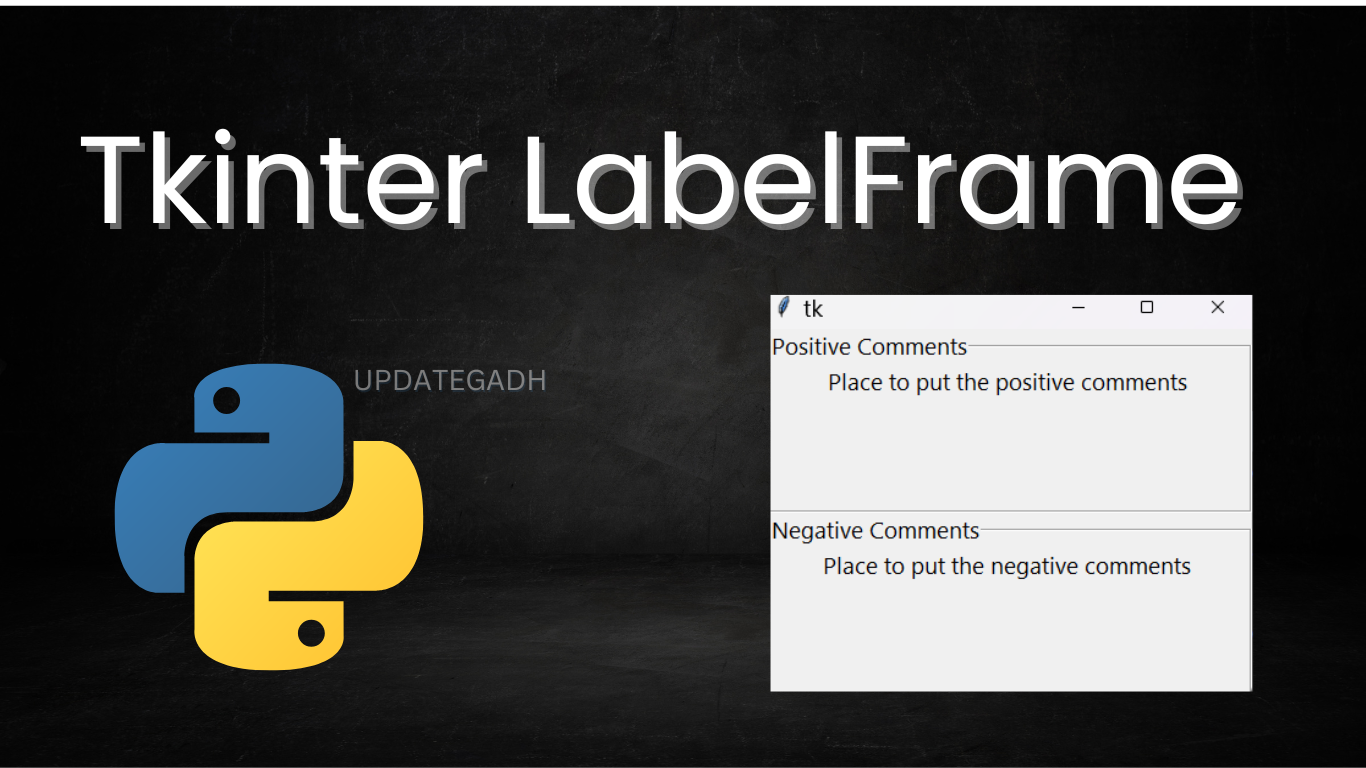
Creating New Databases in MySQL Using Python
Creating New Database
Databases form the backbone of any application by securely storing and managing data. In this guide, we’ll explore how to create a new database in MySQL using Python. Along the way, we’ll look at listing existing databases and adding a new one to your database server.
Download New Real Time Projects :-Click here
Getting the List of Existing Databases
Before creating a new database, it’s helpful to view the databases already present on the MySQL server. This can be achieved using the SHOW DATABASES; SQL query. Below is the Python implementation for retrieving the list of existing databases:
Example: Viewing Existing Databases
import mysql.connector
# Create the connection object
myconn = mysql.connector.connect(host="localhost", user="root", passwd="google")
# Creating the cursor object
cur = myconn.cursor()
try:
# Execute the query to fetch database names
cur.execute("SHOW DATABASES")
except:
myconn.rollback()
# Displaying the databases
for x in cur:
print(x)
# Closing the connection
myconn.close()
Output
('EmployeeDB',)
('Test',)
('TestDB',)
('information_schema',)
('javatpoint',)
('mydb',)
('mysql',)
('performance_schema',)
('testDB',)
The SHOW DATABASES command lists all the databases currently present in the MySQL server.
Creating a New Database
To create a new database, you can use the CREATE DATABASE <database-name> SQL command. The process is straightforward, and the new database will appear in the list of databases once it’s created successfully.
Example: Creating a New Database
import mysql.connector
# Create the connection object
myconn = mysql.connector.connect(host="localhost", user="root", passwd="google")
# Creating the cursor object
cur = myconn.cursor()
try:
# Creating a new database
cur.execute("CREATE DATABASE PythonDB2")
# Fetching the updated list of databases
cur.execute("SHOW DATABASES")
except:
myconn.rollback()
# Displaying the updated list of databases
for x in cur:
print(x)
# Closing the connection
myconn.close()
Output
('EmployeeDB',)
('PythonDB2',)
('Test',)
('TestDB',)
('information_schema',)
('javatpoint',)
('mydb',)
('mysql',)
('performance_schema',)
('testDB',)
Explanation
-
Connecting to MySQL Server:
Themysql.connector.connect()function establishes a connection to the MySQL server. Ensure that the host, user, and password parameters match your MySQL configuration. -
Creating a Cursor Object:
A cursor object is created using themyconn.cursor()method. It allows you to execute SQL queries. -
Executing SQL Queries:
- The
SHOW DATABASESquery fetches the list of all databases. - The
CREATE DATABASE PythonDB2query creates a new database namedPythonDB2.
- The
-
Exception Handling:
Thetry-exceptblock ensures that the program gracefully handles errors, such as database creation failure. -
Closing the Connection:
Closing the connection withmyconn.close()is a best practice to free resources.
Updated Notes
- Backward Compatibility: MySQL and Python are widely used together, and the provided examples are compatible with modern MySQL server versions and the
mysql-connector-pythonlibrary. - Future-Proof Your Code: Regularly update your Python libraries to ensure compatibility with the latest features and security patches.










Post Comment